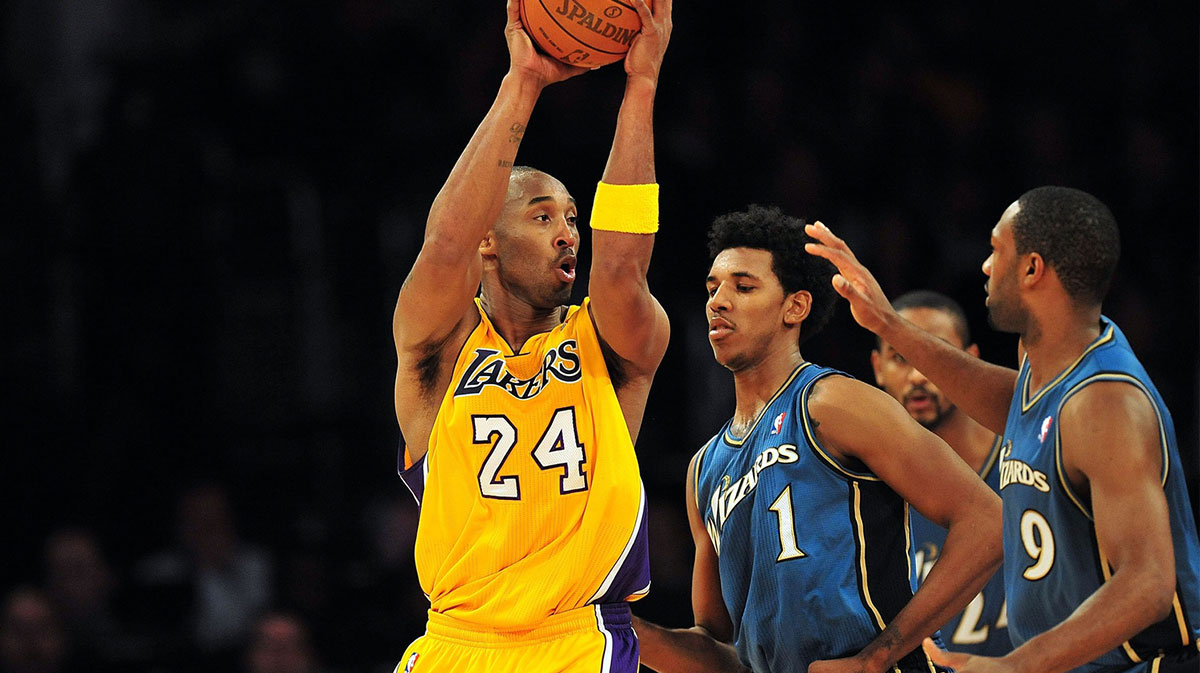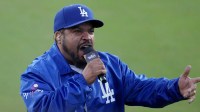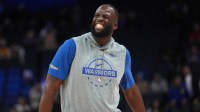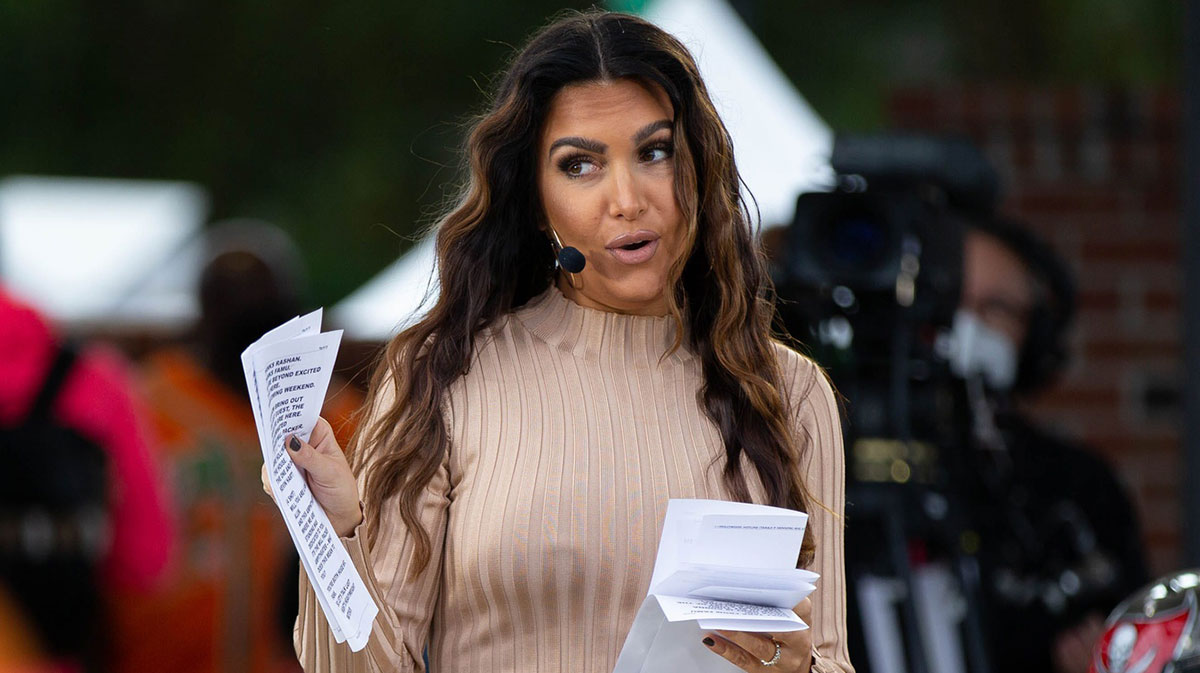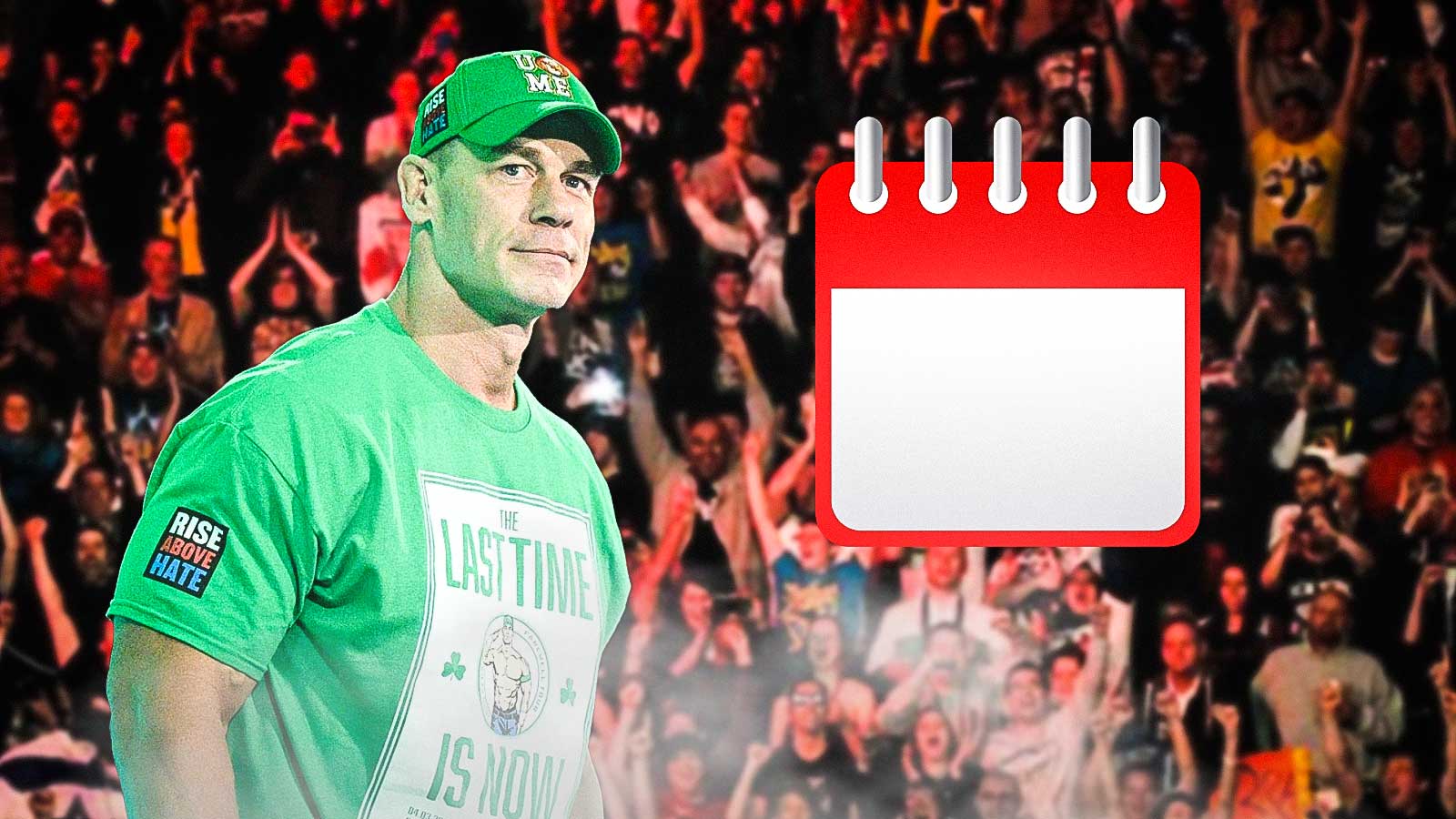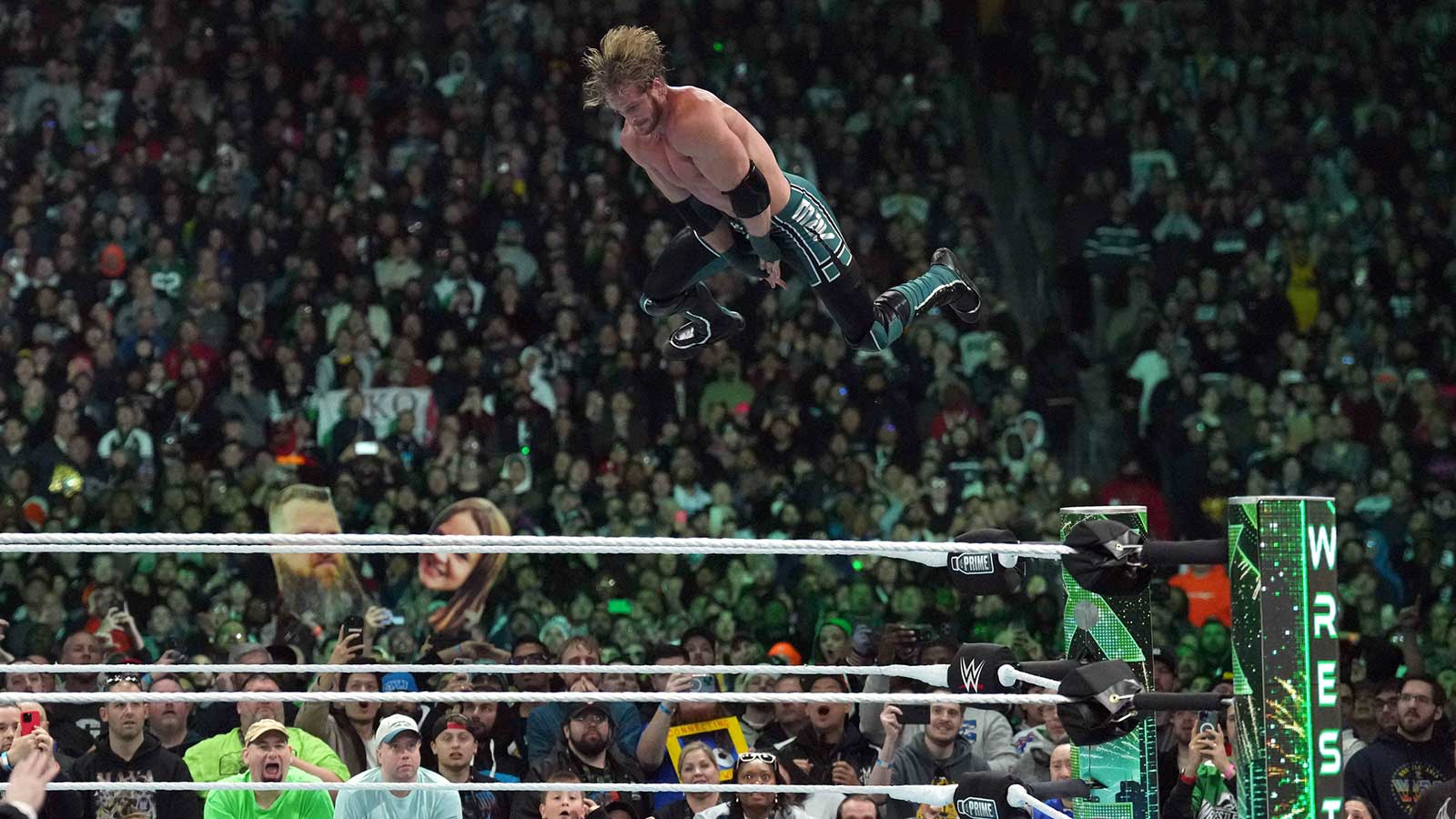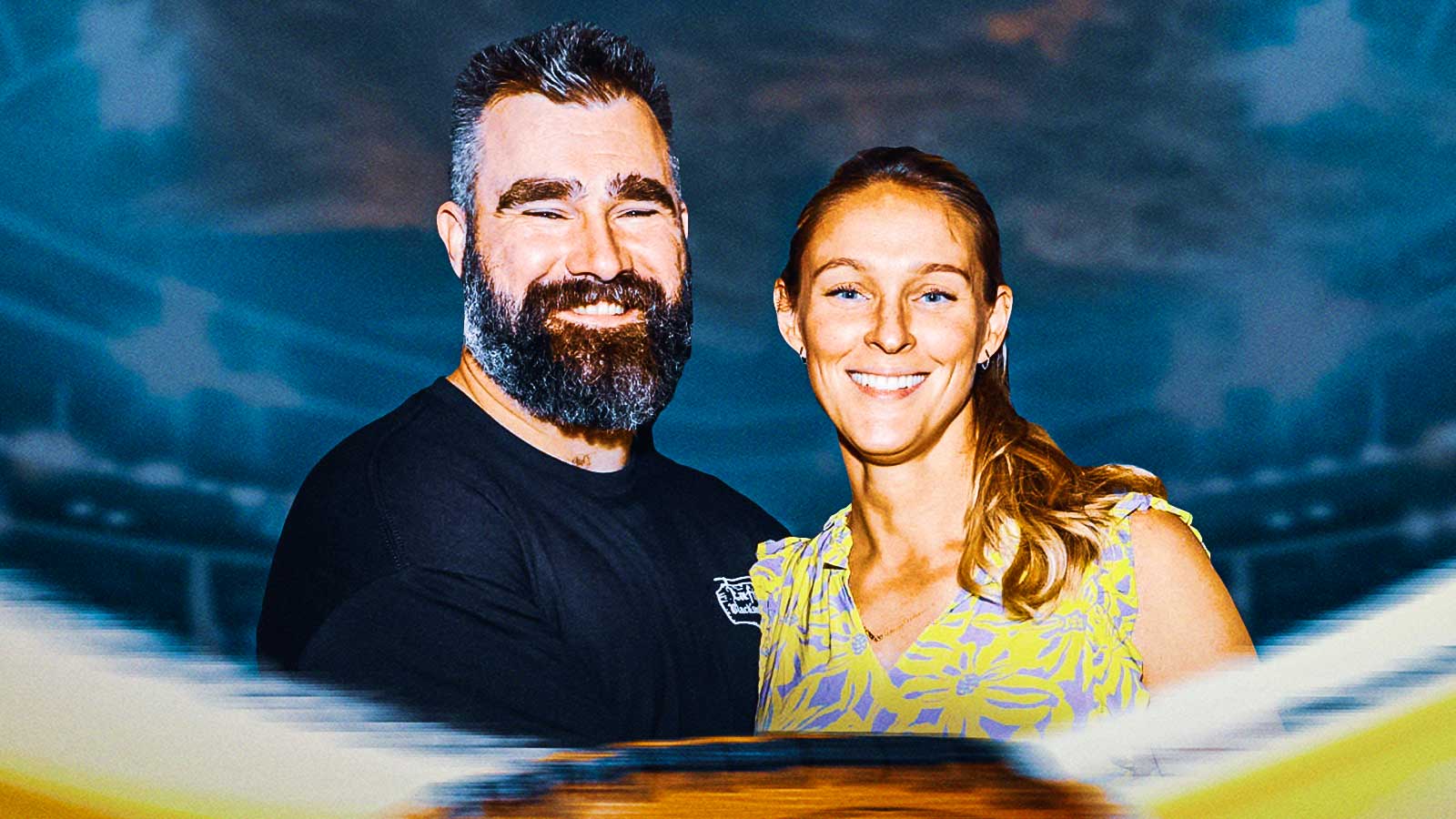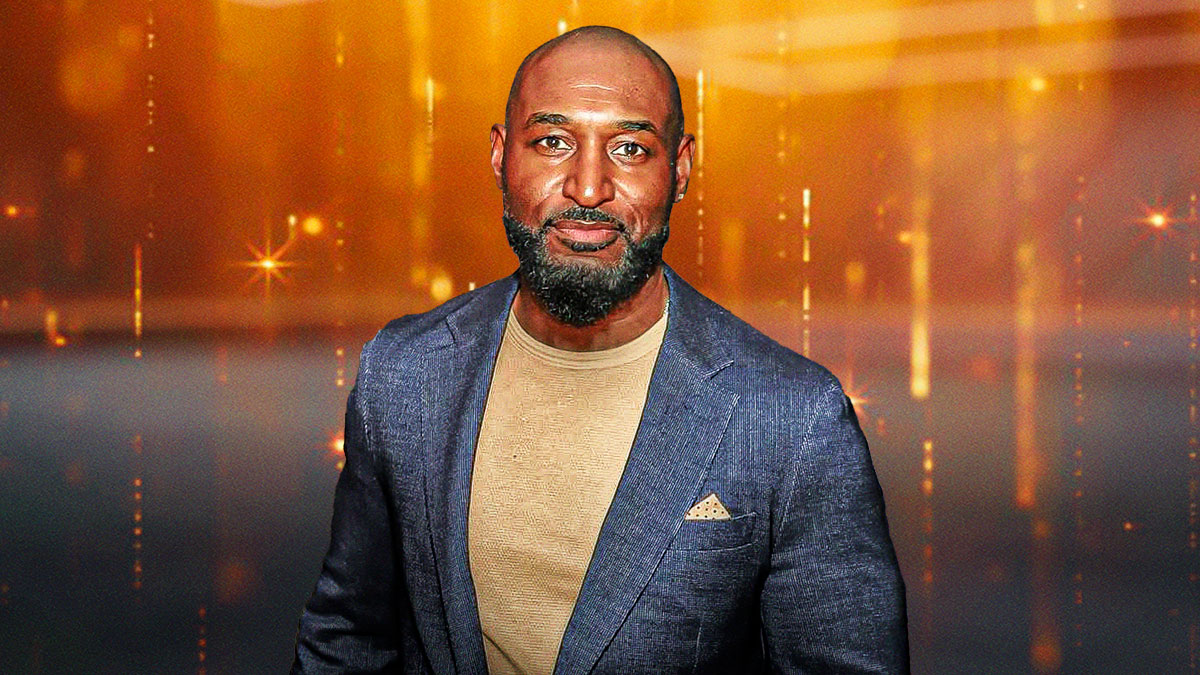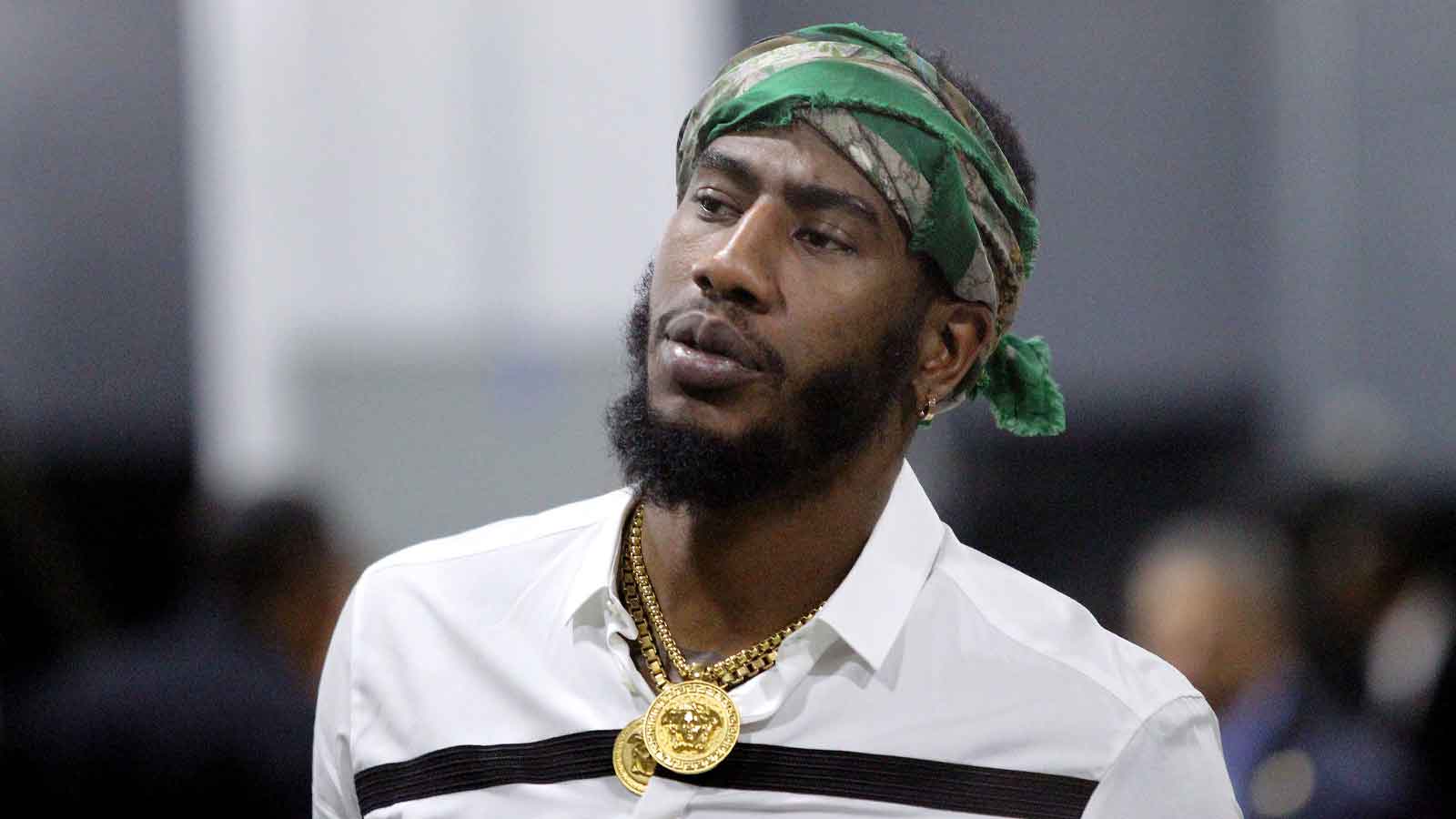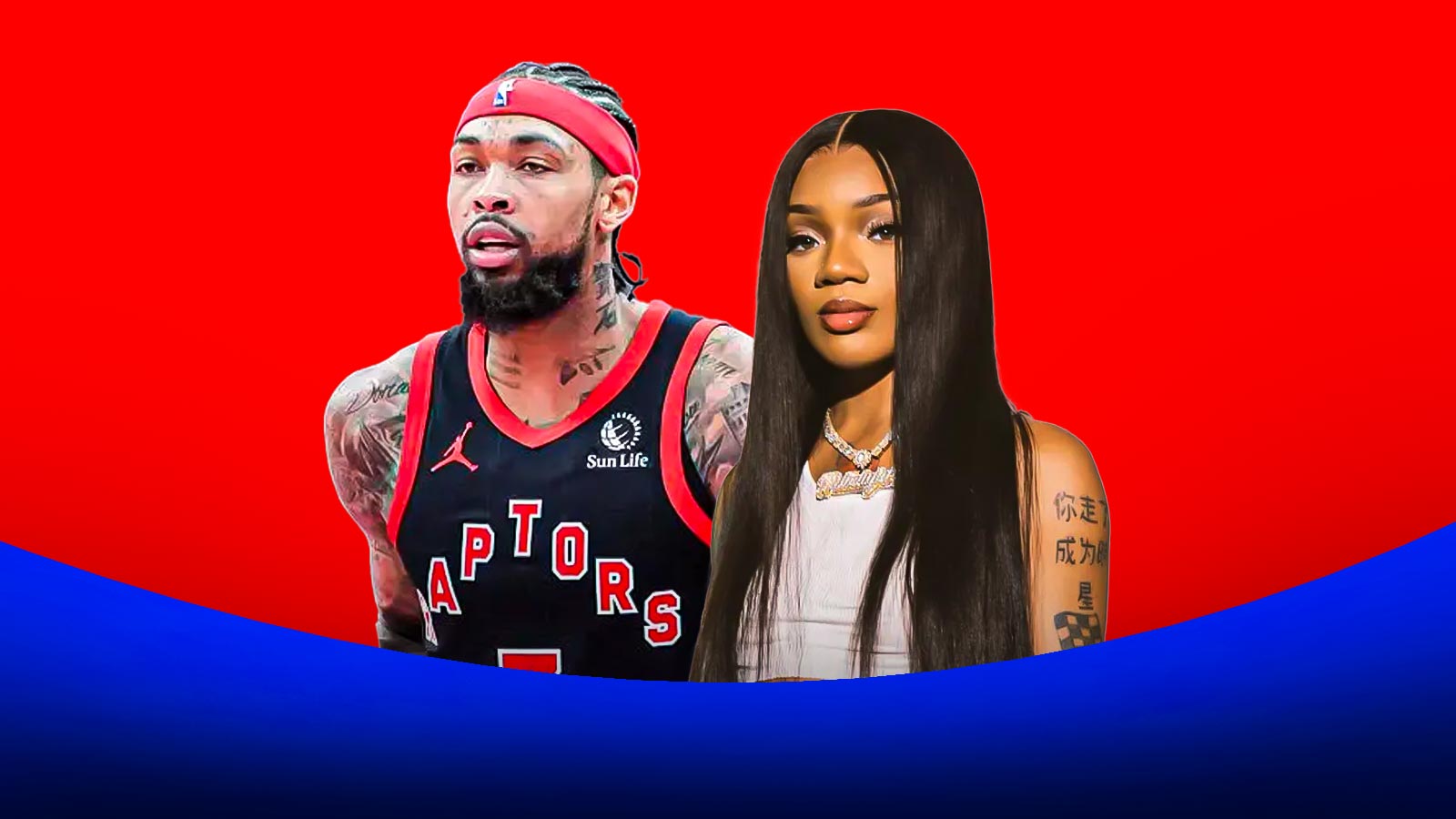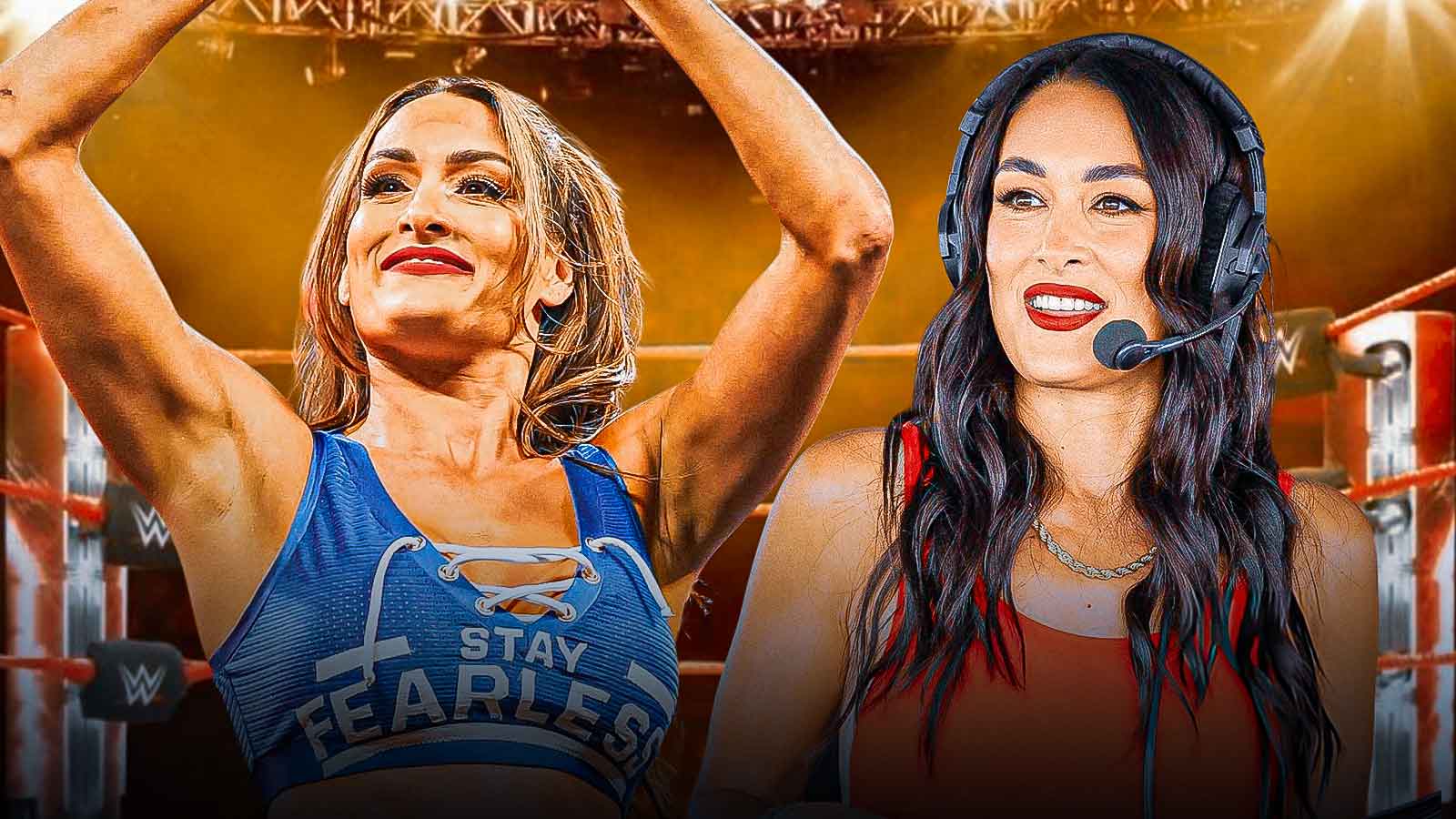Kobe Bryant’s career is defined by two legendary numbers. He came into the NBA in 1996 wearing No. 8, electrifying fans with raw talent and relentless drive. A decade later, he reinvented himself in the same purple and gold, but this time with No. 24 stitched on his back. That shift wasn’t just cosmetic, it signaled a new chapter in Bryant's pursuit of greatness. Now, the jersey from his very first game in 24 has become one of the most coveted pieces of basketball memorabilia, per Sportscollectorsdaily.
On a positive note for yesterday’s @Sothebys auction, Kobe Bryant’s 1st 24 jersey, which previously sold for just $11,000:
Sold for $889,000.
It was worn in only 1 game.
An item like this captures the attention of certain collectors and fans, but some game worn collectors may… https://t.co/llxS9OOfZC pic.twitter.com/eglYpmyuBv
— Chase Jordan (@goatcollect) October 1, 2025
At a recent Sotheby’s auction, Bryant’s autographed debut No. 24 jersey sold for $889,000. The gold uniform was worn on November 3, 2006, when the Lakers faced the Seattle Supersonics. Coming off offseason knee surgery, Bryant still dropped 23 points in the victory, cementing the start of a new era. On the back of the jersey, Bryant wrote “First 24,” a marker of history that collectors jumped at the chance to own. Back in 2006, the same jersey had sold for just under $11,000, making this auction result a staggering leap in value.
A Legacy Shared with Another Lakers Icon
Bryant’s jersey wasn’t the only piece of Lakers history that drew attention at the auction. A full uniform worn by Hall of Famer Jerry West between 1964 and 1967 brought in $533,400. The set included the jersey, trunks, and warmup jacket. What made it so valuable was the rarity, as it was only the second West jersey confirmed through photomatching and the earliest example to ever reach auction.
The story behind the uniform runs deep. It originally came from Frank O’Neill, the Lakers’ trainer, after Jack Kent Cooke bought the team and moved it to The Forum in 1967. Photomatching connected it to Game 6 of the 1965 Western Division Finals, with evidence suggesting it was also worn in both the 1965 and 1966 NBA Finals. For decades it remained in a private collection, until now.
With both Bryant’s jersey and West’s uniform, the auction highlighted two distinct eras of Lakers greatness. One was the rise of a modern icon who defined a generation, and the other a foundational star whose silhouette still graces the NBA logo. Collectors are not just paying for fabric and signatures, they are paying for the moments that turned basketball into legend.

